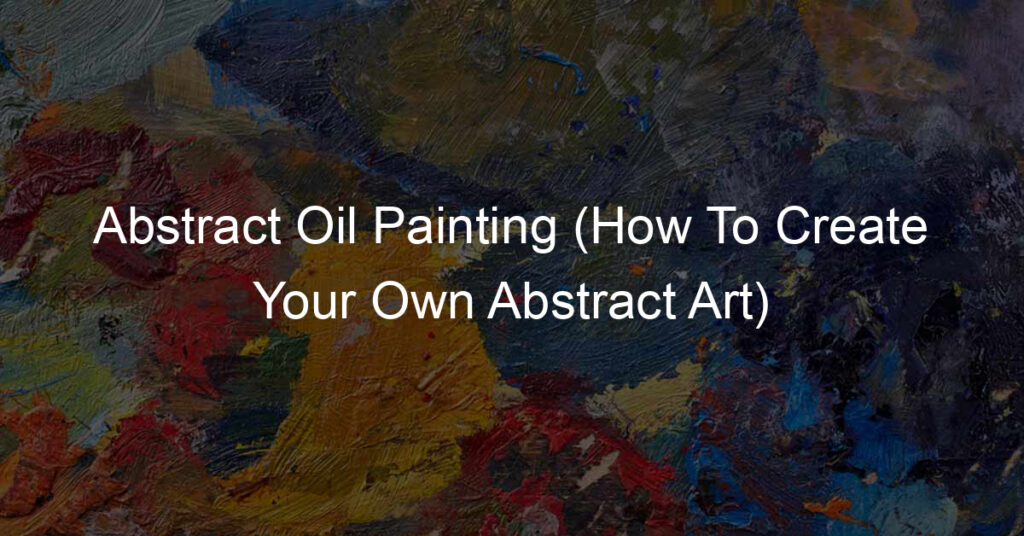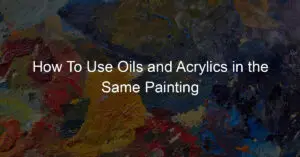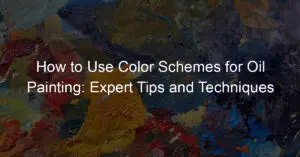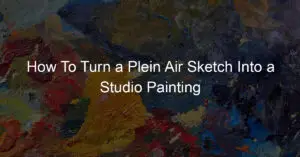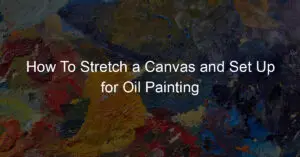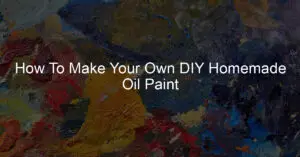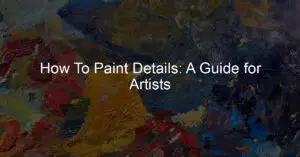Creating abstract art can be a fun and rewarding experience, and it doesn’t have to be difficult.
In this post, I’ll show you how to create your abstract masterpiece using simple techniques that anyone can master.
So grab your supplies, and let’s get started!
Decide on the Colors You Want To Use
When considering colors for your artwork, take time to reflect on the feeling it conveys and think about how the chosen colors will bring this across to the viewer.
Abstract art often relies heavily on color to capture emotion, so deciding which colors to use is vitally important.
Before settling on a combination of colors, look at your surroundings and take note of the shades that inspire you.
Is there an underlying purple tone in the sunset? A fiery orange shimmering in a body of water? Consider these subtle shades when creating your artwork;
they might not be the most obvious color selection, but they can help to evoke a specific mood or atmosphere that elevates your work further.
Of course, it’s also good practice to stick with tones that complement each other – contrasting shades can be striking, but too much disparity may distract from the overall effect.
Ultimately, picking out the right colors is all about experimentation until you find something that clicks for you.
Don’t get overwhelmed by possibilities; let yourself be inspired and trust your eye for details. That’s where masterpieces are made!
Choose a Canvas Size for Your Abstract Art
When creating abstract art, the size of your canvas is a critical decision.
Many experienced artists recommend starting with more minor brush strokes on a smaller surface to get a feel for the brush and allow more room for mistakes.
On the other hand, if you’re an established abstract artist looking for larger projects, it can be quite liberating to create work on a large canvas.
More extensive surfaces mean bigger brush strokes and more intricate textures, so no matter the desired outcome, grand gestures, or subtle washes of color, you’ll have plenty of space to explore.
It’s important to consider the type of artwork you want to create when choosing your canvas size;
from 4×6 inches up to 24×36 inches or beyond, any number of creative possibilities can be achieved depending on how big (or small) you decide to go.
Paint in Large Strokes With a Brush or Your Hands To Create Abstract Art
Painting with large strokes is a great way to create expressive abstract art.
Whether you’re painting on a canvas, paper, or any other material, it allows you to make bold, sweeping gestures that can capture the feeling of a scene or emotion better than more detailed brushwork.
You can use a large brush for this technique, allowing for smooth transitions and curves in the painting without too much precision.
But if you want an even more chaotic look, you can simply use your hands to paint.
Your fingers are perfect tools for creating lines and shapes in varying sizes and compositions; plus, they have the bonus of adding texture to your work.
No matter which approaches you take, painting in large strokes is an effective way to create abstract artwork that conveys its message clearly and powerfully.
Add Details and Texture With Smaller Brushes to Your Abstract Art
When it comes to abstract art, the brushwork is key. Broad brushstrokes can help create lines and shapes while offering a sense of depth and overall impact.
But brushwork isn’t just about broad strokes; details also play an important role.
By adding a variety of brush sizes, you can give your artwork more texture and dynamism.
Smaller brushes are ideal for brushing in finer strokes and thickening existing brushwork or filling in gaps between larger brush areas.
Additionally, smaller brushes can be useful for creating polka dots to add visual interest and subtle color variations.
Finally, working with different brush sizes gives you more control over the details of your painting, allowing you to achieve the balance you want between strong shapes and intricate textures.
When used thoughtfully and purposefully, brushing in details with smaller brushes can take your abstract art to a whole new level.
Let the Painting Dry Completely Before Framing or Hanging It Up
Before you can proudly display your new abstract painting in its frame, it must first dry completely. This is to ensure the finished product is as professional and flawless as possible.
One way to tell if your paint has properly dried is to touch the canvas gently with your fingers.
If they don’t come away smudged or smeared, then you know that the painting has likely completed its drying process.
Abstract art often uses a combination of brush strokes and thicker layers of pigment, so it may only sometimes give visual cues about when it’s ready for framing.
However, for safety’s sake, you should always let your work dry for at least 24 hours before framing or hanging it up.
That way, you can rest assured that your masterpiece won’t succumb to unnecessary smearing during transit or display.
Allow yourself enough time so your painting will stay pristine after all that hard work! These few extra steps will save you plenty of hassle later on.
So remember, wait a full day before featuring your latest creation.
It’ll be worth it! Let the painting dry completely before framing or hanging it up, and enjoy all of the results!
What is the abstract painting style?
Abstract painting is a style of art in which the artist creates an image that does not represent any particular reality or object. Instead, abstract art focuses on the use of shape, color, and texture to create a work that evokes emotion and expresses ideas without relying on traditional representation.
This type of painting has been around for centuries but it was popularized by modern artists such as Kandinsky and Pollock in the early 20th century.
The goal of abstract painting is to communicate an idea through visual expression. To do this, artists often rely heavily on color theory to evoke certain feelings or emotions from viewers; for example, warm colors like red are known to be energizing while cool colors like blue can be calming.
Additionally, lines and shapes play important roles in creating composition and depth within an artwork – think about how geometric patterns can add interest or how curved lines can draw attention toward certain areas of a canvas.
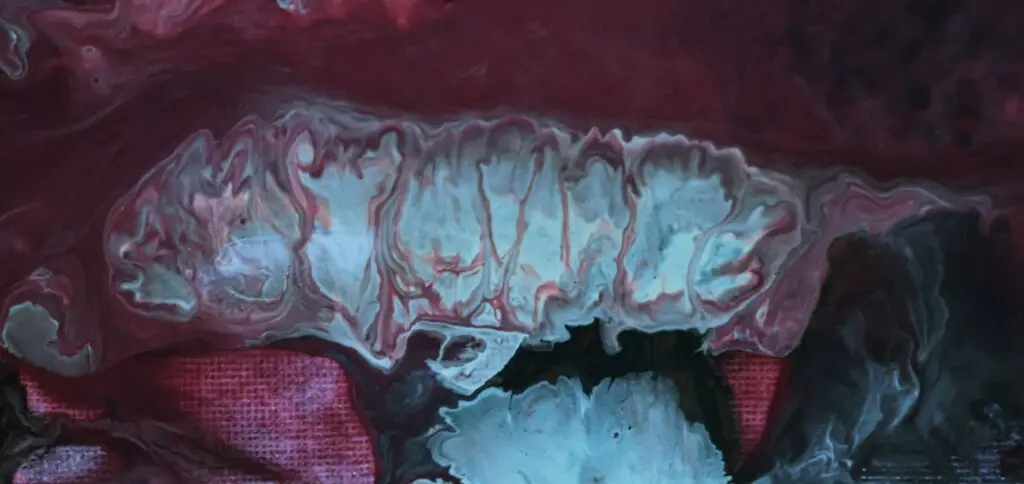
Are there rules for abstract painting?
Abstract painting is a style of art that focuses on the use of color, shape, and texture to create an image that does not represent any particular reality or object. This type of painting has been around for centuries but it was popularized by modern artists such as Kandinsky and Pollock in the early 20th century.
Despite its freedom of expression, there are still certain rules that should be followed when creating abstract paintings. First and foremost, it’s important to understand the basics of composition when creating abstract paintings.
A well-composed artwork will have elements like line, shape, value (lightness/darkness), texture, pattern, etc., arranged in a way that creates harmony and balance within the piece.
Additionally, understanding color theory can help you decide which colors work together best; this includes knowing how warm colors interact with cool ones or how different hues affect each other’s vibrancy.
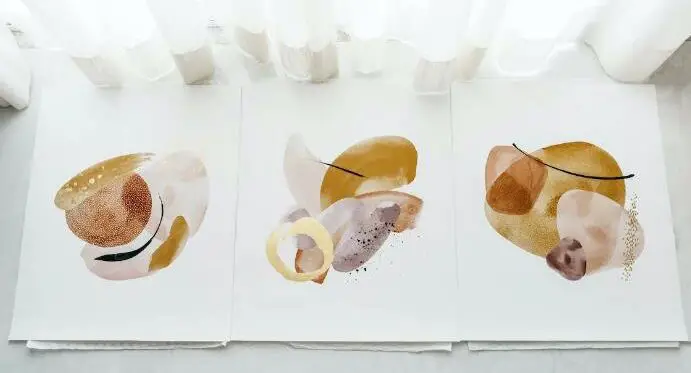
What materials do you need to create an abstract oil painting at home?
Abstract oil painting is a great way to express yourself and create beautiful works of art. Whether you’re an experienced painter or just beginning, it’s easy to get started with the right materials. Here are some of the essentials you will need for creating your own abstract oil painting at home.
The first thing you will need for your project is a canvas board or stretched canvas, which serves as the base for your painting. You should also have quality artist-grade oil paints in several colors – these can be purchased at any art store or online.
Additionally, you will need brushes and other tools like palette knives that help spread paint on the surface effectively.
To thin out oils when necessary, purchase linseed oil or stand oil; both serve similar purposes but produce different results depending on what type of look you are going for in your painting.
Finally, make sure to buy paper towels and containers such as jars and cups so that you can mix paint colors without making too much mess! With all these supplies in hand, abstract oil painting has never been easier!
How do you choose colors and textures for your abstract art piece when painting with oil paints?
Choosing the right colors and textures for an abstract art piece can be a daunting task. With oil paints, you have a vast range of hues and shades to choose from, as well as different types of finishes such as matte or glossy.
Moreover, you need to consider how each color interacts with its surrounding colors in order to create some harmony within your painting.
To help narrow down your selection process when it comes to choosing colors and textures for an abstract oil painting, start by considering what kind of mood or feeling you want your artwork to evoke.
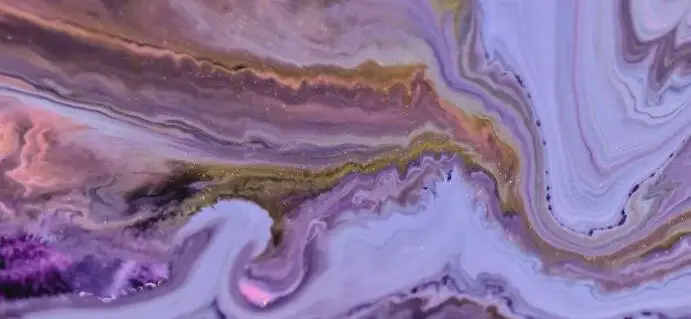
Are there certain techniques that work better than others when it comes to abstract painting with oil paint on canvas?
When it comes to painting with oil on canvas, there are certain techniques that tend to work better than others. One of the best techniques for abstract painting is the wet-on-wet method. This involves applying layers of paint onto a wet surface in order to create interesting textures, blends, and gradients.
The beauty of this technique is that it allows you to work quickly and provides a great amount of control over how your artwork looks.
The dry brush technique is another popular option for abstract painting with oil paints on canvas. With this technique, you can achieve some incredible effects by applying thin layers of paint with varying amounts of pressure as well as by mixing different colors together.
This method can be used to create a wide range of textures and forms, and you can even layer multiple dry brush strokes to create unique works of art. Additionally, dry brushing gives you greater control over your artwork since it allows you to make small changes without having to start from scratch again.
| Topic | Information |
|---|---|
| Abstract Oil Painting | An art style that emphasizes the use of colors, shapes, and textures to create a non-representational or abstract image. |
| Creating Abstract Art | Abstract art can be created by focusing on the elements of art, such as color, shape, texture, line, and form, rather than on the subject matter. Experimentation and exploration are key components of creating abstract art. |
| Color in Abstract Oil Painting | Color is an important component of abstract art. To create a cohesive color scheme, it can be helpful to use a limited palette of colors that work well together. Colors can also be blended on the canvas to create interesting effects. |
| Shape in Abstract Oil Painting | Shapes can be geometric or organic and can be created through the use of line, color, or form. Creating interesting shapes can add depth and movement to an abstract painting. |
| Texture in Abstract Oil Painting | Texture can be created through the use of thick or thin layers of paint, different tools, or by mixing different mediums with the oil paint. Texture can add interest and depth to an abstract painting. |
| Line in Abstract Oil Painting | Lines can be straight or curved and can be created through the use of brushes or other tools. Lines can be used to create movement or to define shapes in an abstract painting. |
| Form in Abstract Oil Painting | Form refers to the three-dimensional shape of an object. In abstract painting, the form can be suggested through the use of color, value, and texture. |
| Composition in Abstract Oil Painting | The composition of an abstract painting refers to the arrangement of the elements of art on the canvas. A well-composed abstract painting will have balance, movement, and interest. |
| Experimentation in Abstract Oil Painting | Experimentation and exploration are key components of creating abstract art. Don’t be afraid to try new techniques, mix different colors, or use unconventional tools to create interesting effects. |
What is some advice to keep in mind while creating an abstract oil painting?
When creating an abstract oil painting, it is important to remember that each painting is unique and should come from your own creative vision. It is essential to plan ahead and have a clear idea of what you want to achieve before you start painting.
One way to do this is by sketching out your compositions on paper, as this can help you visualize the elements you want in the final piece. Additionally, try experimenting with different techniques and materials until you find something that feels right for your project.
It’s also important to remember that oil paints take time to dry, so be patient and let the layers of paint dry before adding more. Moreover, when mixing colors for an abstract painting, it’s helpful to start with just a few basic colors and then use tints or shades of these same colors for variety.
Lastly, having a reference image of your finished painting can be valuable while working on it; this will help you stay focused on the details and keep track of how much progress has been made as you go along. By following these tips, anyone can create beautiful abstract paintings with oil paints in no time!
For Conclusion,
Abstract art is a fun and easy way to add color and visual interest to your home. By following these steps, you can create a one-of-a-kind piece of abstract art that you’ll be proud to display.
So gather up your supplies and get painting!

